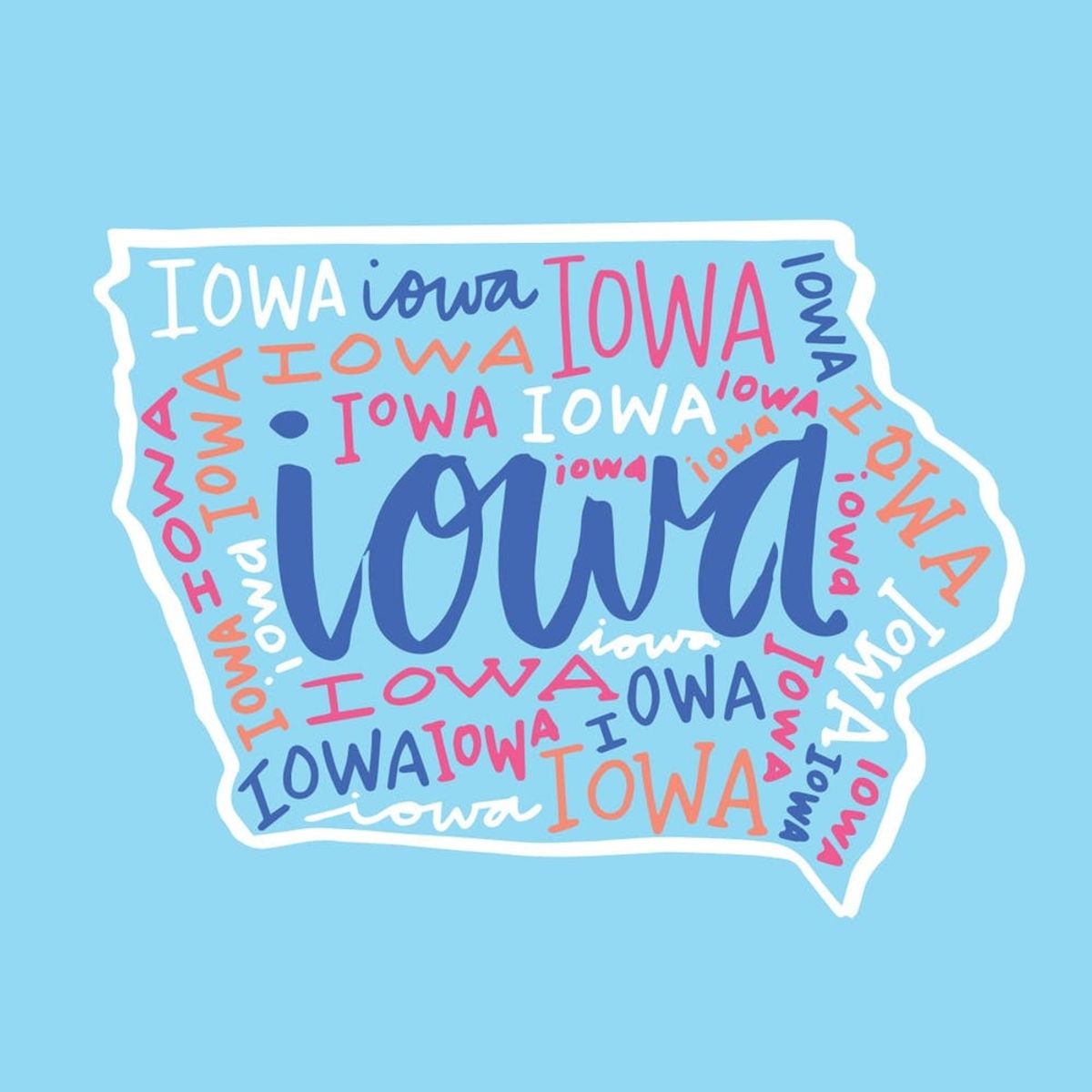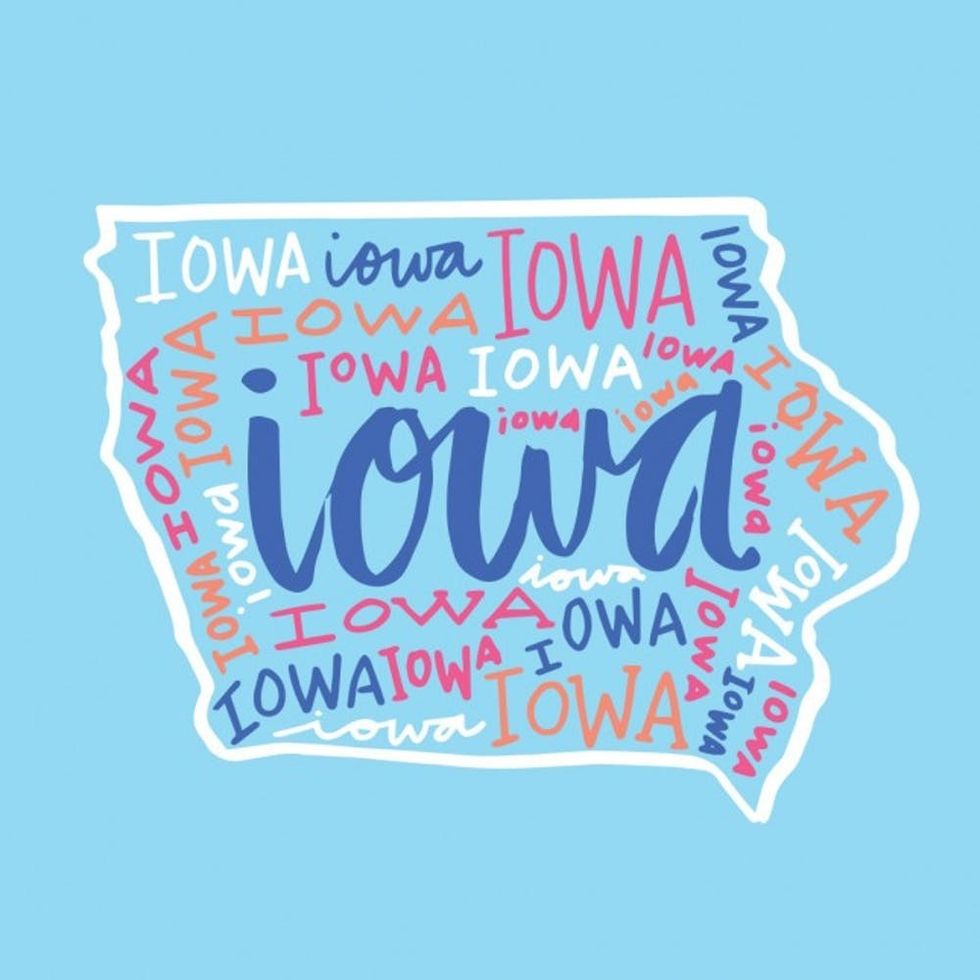Confused? We got you.
WTF Are the Iowa Caucuses and Why They Matter So Much

Hello and welcome to the first installment of Campaign Trail Mix, your weekly primer on wtf is happening in this year’s election — that you care about. We want to look at the big names and issues, as well as why they’re big, explain some of the more opaque aspects of this incredibly confusing and drawn-out process we call an election and, sometimes, take a break from the serious stuff to look at ridiculous campaign videos. #YAS. Most importantly, though, we want to answer your Qs and talk about what interests you, so let us know what that is!
Up today: The Iowa caucuses are hugely important but pretty confusing, and very different from a typical election. So WTF are they, you ask? Let’s discuss.
How the Iowa Caucuses Work

Voters registered as either Democrats or Republicans file into schools, community centers, libraries, and other designated public spaces for a 7pm CST start time in each of 1,681 precincts. Democrats and Republicans each have their own separate meetings in these precincts, but the way they each work is a little different.
The Republican Caucus: Each presidential candidate has a designated spokesperson deliver a speech to the voters in attendance about why their candidate is the best choice. Basically, picture Don Draper selling a person to a bunch of Republicans and you’ve got the idea.
After all the speeches are over, the folks in attendance cast their votes, and the state’s 30 delegates are awarded to the candidates based on the results.
The Democratic Caucus: In the Democratic caucus, each candidate has a spokesperson give a speech as well. After that, voters physically group together based on the candidate they prefer. That’s right: Your choice is totally public. Then a count is done to determine if each candidate has met the “viability threshold,” which is 15 percent of the vote. (Distant third-place candidate Martin O’Malley may run into trouble here; he’s been polling in the single digits in Iowa.)
If O’Malley fails to get 15 percent of the vote in a specific caucus (for instance, if he gets 12 out of 100 voters), those voters have to “re-caucus” with one of the viable candidates. So there’s a second round of spokespeople trying to win over the voters whose candidate isn’t viable. Voters can also choose to remain undecided in the first round, and at this point they need to decide where they want to caucus.
Still with us? Good!
After the re-caucusing period is over, officials determine which candidate has how many votes, and, accordingly, how many delegates each candidate receives. The Monday night caucuses will result in 11,065 delegates split between the candidates, which is then narrowed down to 44 through a further series of votes at the county, congressional district, and state level. The final 44 will go to the Democratic Party national convention and stand in support of a specific candidate. There are also eight delegates who go straight to the party’s national convention and who are not required to vote for a specific candidate. These are called “superdelegates.”
A Democratic presidential candidate needs 2,382 delegates in total at the national convention to win the nomination, while the Republican nominee-to-be needs 1,236.
If you’re still confused (and who isn’t!) here’s a handy video done by the good folks at Vermont Public Radio.
Why Iowa Matters
So, now that we know how the caucuses happen and how many delegates result from them, you might be wondering why Iowa matters so much when candidates really only stand to win a small number of the total delegates they need to clinch the nomination. The answer to that is less about tangible results and more about that ever-elusive and most desirable bit of political capital: momentum.
When a candidate wins in Iowa (and/or New Hampshire, the next state to hold its primaries on Feb. 9), he or she wins an invaluable amount of media coverage, and it can make or break a campaign. In fact, only one person in the last 40 years has lost both states and gone on to become president: Bill Clinton in 1992.
Whew, that was a mouthful. Or… a fingerful. Of typing.
Anyway, let us know what you think! Was this helpful? What are some other things you’d like us to discuss or explain in the coming weeks? Let us know — Tweet us @britandco!

















